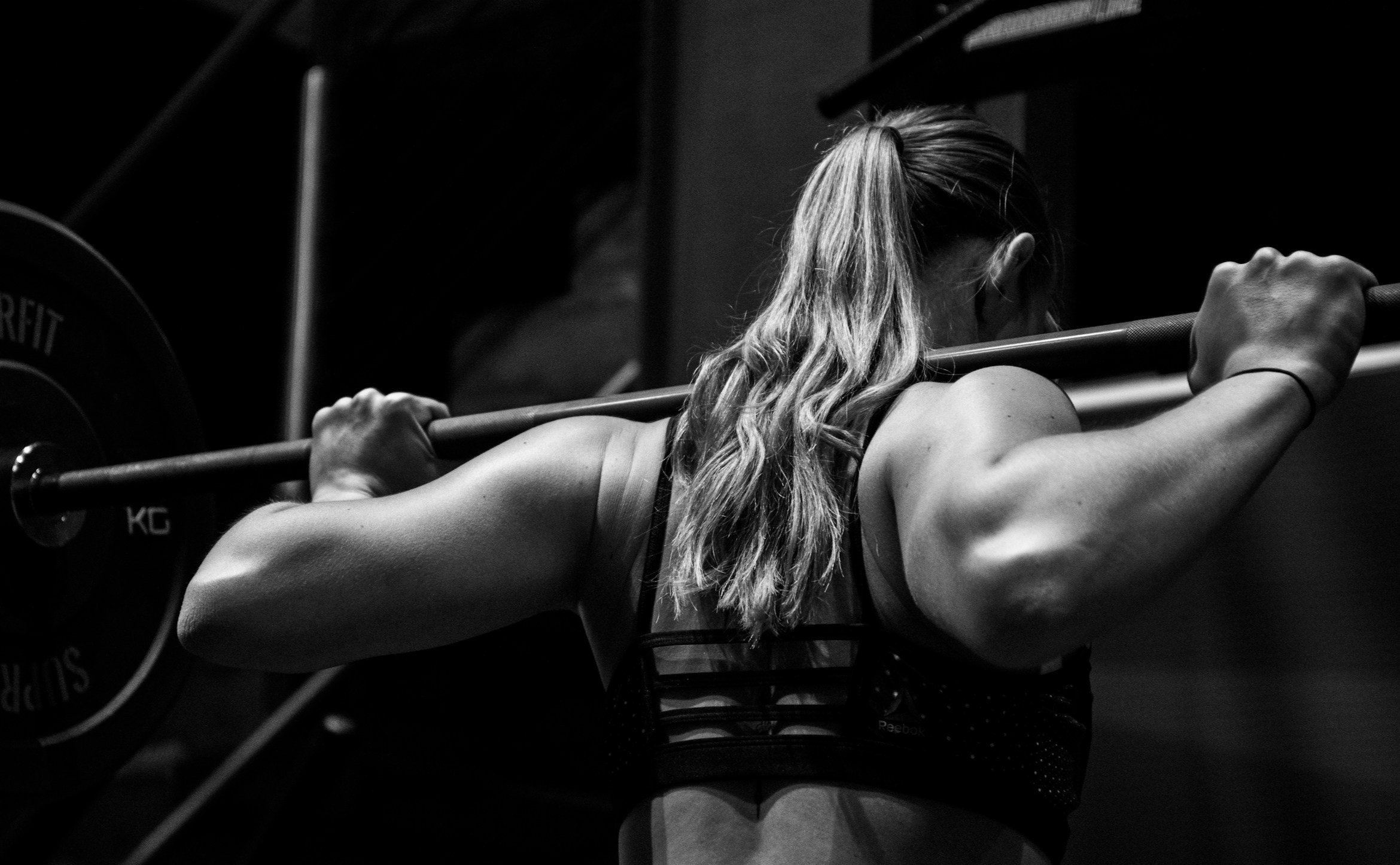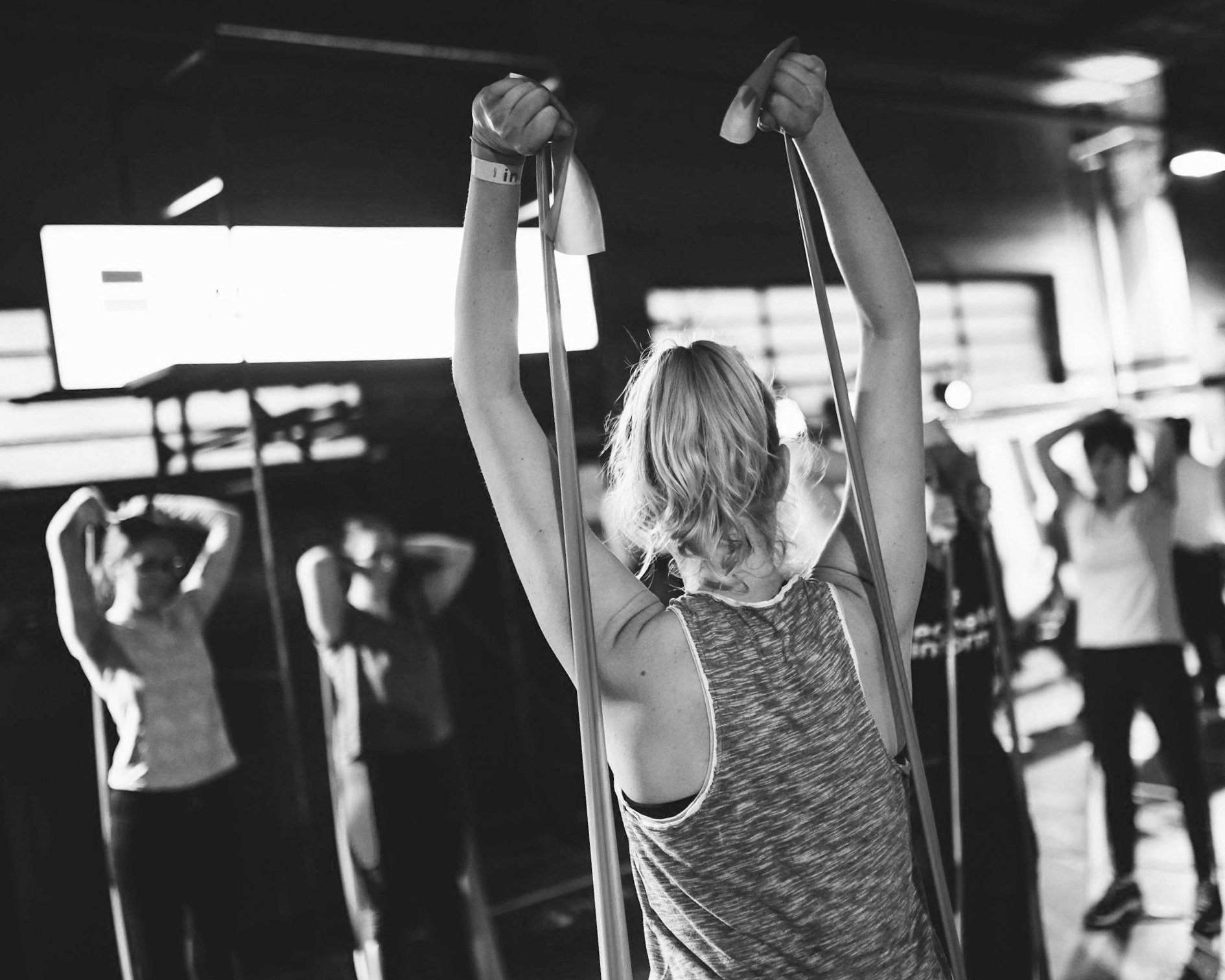Menopause & physical exercise
A LOOK AT Endurance vs. Strength training
Is it better to tone muscle or build muscle mass in menopause and postmenopause?
In this article, I examine the difference between muscle tone in Barre using light weights and high reps vs. muscle build with heavy strength training comes down to this. How each method challenges the muscles and the physiological adaptations they create.
Let’s break it down:
1. Strength Training with Heavy Weights (Low Reps, High Load)
Goal: Build muscle mass (hypertrophy) and strength
Reps/Load: Typically 6–12 reps with 70–85% of your 1-rep max
Rest between sets: 60–90 seconds (longer for max strength)
Benefits:
Increases muscle size (hypertrophy) by causing microscopic tears to muscle fibers that then repair and grow stronger/thicker.
Boosts resting metabolic rate because muscle is metabolically active tissue—more muscle = more energy expended even while at rest.
Improves functional strength, bone density, and joint support—especially important during and after menopause due to declining estrogen.
Shapes and “sculpts” muscles in a visibly more pronounced way over time, especially when paired with a protein-rich diet and proper recovery.
2. Barre with Light Weights and High Reps i.e. Moderate Intensity Cardio (MIC)
Goal: Muscular endurance, posture, and neuromuscular control
Reps/Load: Often 15–30+ reps with 1–5 lb weights or bodyweight
Rest between sets: Short to none, usually continuous movement
Benefits:
Improves muscular endurance, especially in smaller stabilizing muscles.
Enhances posture, balance, and flexibility—barre often incorporates isometric holds and small pulses that engage core and postural muscles.
Low risk of injury and joint-friendly, making it great for beginners or those recovering from injury.
Creates a “toned” appearance, but this is more about muscular definition due to improved endurance and slight fat reduction—not true muscle growth.
Muscle Endurance
Training or MIC
Muscle Tone? Yes, but it’s more subtle. You’re working the muscle, but not heavily enough to increase size significantly. It’s great for definition, but it won’t build much new muscle tissue.
In Menopause/Post-Menopause: Why It Matters
For women in midlife, between the two methods, strength training with heavier weights offers superior benefits for:
Preserving lean muscle mass
Combating sarcopenia (age-related muscle loss)
Improving insulin sensitivity and metabolism
Supporting hormone balance
Preventing osteoporosis or keeping it under control
Nevertheless, Barre and light-weight workouts are excellent complements for mobility, endurance, and stability—but on their own, they’re unlikely to reverse muscle and bone loss.
In Summary
Muscle tone is not about “lengthening” or “leaning out” the muscle (a common fitness myth)—it’s about building enough muscle and reducing overlying fat so the definition shows. If you’re aiming for both function and form, combine both approaches: use heavy strength training 2–3x a week and Barre or bodyweight workouts to enhance endurance and movement quality.
As a menopause doula and women’s coaching specialist, I have immersed in both ends of the fitness spectrum—heavy lifting and barre-inspired light resistance work. I teach both methods because I deeply understand and appreciate the unique benefits of each. While heavy weights help build strength, bone density, and metabolic resilience, lighter weights with high reps can fine-tune muscle tone, enhance endurance, condition the core, and support mobility, balance and joint stability. I strongly believe that the most sustainable and successful approach for midlife women is a balanced, total-body weekly program that includes a mix of these training styles—alongside intentional light activity and recovery days. Not only is this physiologically wise, but it also keeps the mind engaged, prevents burnout or boredom, and increases consistency, motivation, and long-term commitment to movement as a lifestyle—not just a phase.
Ready to experience the powerful benefits of both Barre and strength training? Join me at Broken Squirrel Wellness for Barre Restore or a Yoga Strong strength class.
And, are ready to take your training to the next level? Let’s work together 1:1 with a personalized coaching program that supports you, your hormones, nutrition needs, and your longterm health goals!
Disclaimer: The information provided in this article is for educational purposes only and is not intended to serve as medical advice. It should not be used as a substitute for professional consultation with a qualified healthcare provider. Always seek the advice of your physician or other qualified health professional with any questions you may have regarding a medical condition or before starting an exercise regime for the first time.
References
Mishra, N., Mishra, V. N., & Devanshi (2011). Exercise beyond menopause: Dos and Don'ts. Journal of mid-life health, 2(2), 51–56. https://doi.org/10.4103/0976-7800.92524
Sims, S. T., & Yeager, S. (2022). Next level: Your guide to kicking ass, feeling great, and crushing goals through menopause and beyond. Penquin Random House.



